Sake manjyu is a Japanese steamed bun made from wheat flour dough fermented with rice koji (natural sake yeast) and filled with sweet red bean paste. The koji fermentation makes the dough soft and fluffy, giving the bun a gentle sake-like aroma; any alcohol evaporates during steaming, so the finished manjū contains virtually no alcohol. In the sections below, we explain what sake manjū is, trace its history, and highlight a shop where you can try this treat.
What is Sake Manjyu?
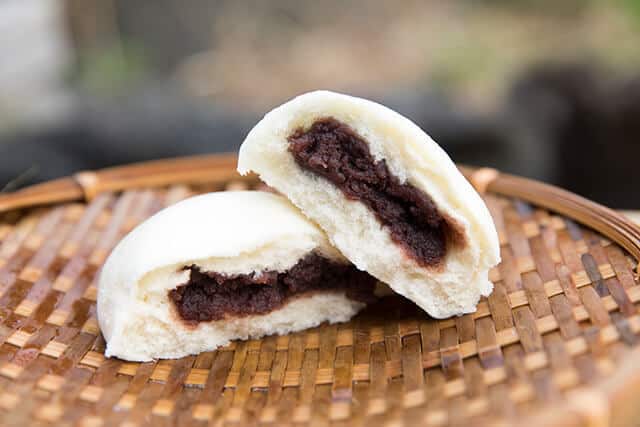
Sake manjyu is a type of manjū (steamed sweet bun) that uses rice fermentation to leaven the dough. Instead of baker’s yeast, bakers mix the dough with sake-dregs yeast (made from fermented rice and koji). When steamed, this dough puffs up into a very soft, moist bun. The most common filling is sweet azuki bean paste (anko), though some versions use other fillings like sweet miso paste. Because bakers made the dough with sake koji (麹), the baked bun has a subtle sake aroma, but as noted, the actual alcohol burns off during steaming. The result is a light, fluffy bun that people often enjoy as a seasonal treat.
History of Sake Manjyu
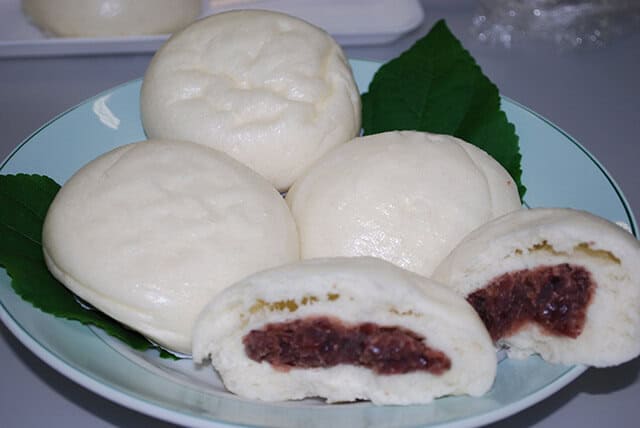
Sake manjū has a long history in Japan. It first appeared around the late Edo to early Meiji period (approximately 1750–1872). Legend says that sailors on the Kitamaebune coastal trading ships taught people in Mikuni (in present-day Fukui Prefecture) how to make a sweet called “sakamanjū”. They fermented rice koji with mochi rice to make amazake (sweet rice liquor) and then mixed that with wheat flour and anko to form steamed buns. This new sweet was so popular that several “sakamanjū” shops quickly opened in Mikuni.
Over time, sake manjū spread to other regions. For example, in Kanagawa’s Sagamihara area, it became a beloved festival food: families made it for summer shrine festivals, and people said that “a bride must be able to make sake manjū” to prove her homemaking skills. This shows how the sweet became prized in local tradition. In Gunma and Tochigi, families have made natural koji-fermented manjū for generations, often using the same methods that families passed down through generations.
Where to Try Sake Manjū
Kotobukido (酒まんじゅうの壽堂)
Sakaman Kotobukido is a traditional shop selling handmade sake buns, brewed daily for freshness. Its Japanese-style terrace welcomes hikers and cyclists. Local specialties include amazake and hand-drip coffee.
Tsunoda Seika (角田製菓)

A famous sake manjū specialty shop in Takasaki, Gunma. Tsunoda Seika has been making sake manjū by natural fermentation since 1984, using no artificial additives. This is a good place to taste authentic, fluffy sake manjū and see the traditional baking methods firsthand.
Conclusion
Sake manjū is a unique regional wagashi, blending fermentation techniques with sweet flavors. Its soft, chewy texture and faint sake aroma make it stand out among Japanese sweets. This bun reflects the history and local traditions of areas like Fukui, Gunma, and Kanagawa.
If you enjoy sake manjū, you might also try other traditional Japanese confections. For example, yakimanju (Gunma’s famous grilled miso-glazed buns) is made by fermenting the dough in a similar way. Other regional wagashi such as karukan manju (steamed yam flour cakes) and various sweet manjū varieties. These offer different textures and flavors that complement the sake manjū experience.
Sake Manju (酒まんじゅう) FAQ
- What is Sake Manju?
Sake Manju is a traditional Japanese steamed bun made with sake or sake lees in the dough, filled with sweet red bean paste.
- Does it contain alcohol?
No worries—most of the alcohol evaporates during steaming. It has the aroma of sake, but it’s safe for children and non-drinkers.
- What does it taste like?
Soft and fluffy on the outside with a gentle sake fragrance, and sweet bean paste inside. The flavor is mild and comforting.
- Where can I try Sake Manju?
It’s sold at local confectionery shops, souvenir stores, hot spring towns, and sometimes at sake breweries.
- Is it a seasonal sweet?
It’s available year-round, but often enjoyed during festivals, temple fairs, and special occasions.
- Are there different types of fillings?
Yes, while red bean paste (anko) is the most common, some variations use white bean paste or other local specialties.
- Can I take it home as a souvenir?
Absolutely! Sake Manju is often sold in gift boxes and makes a popular omiyage (souvenir) from Japanese trips.
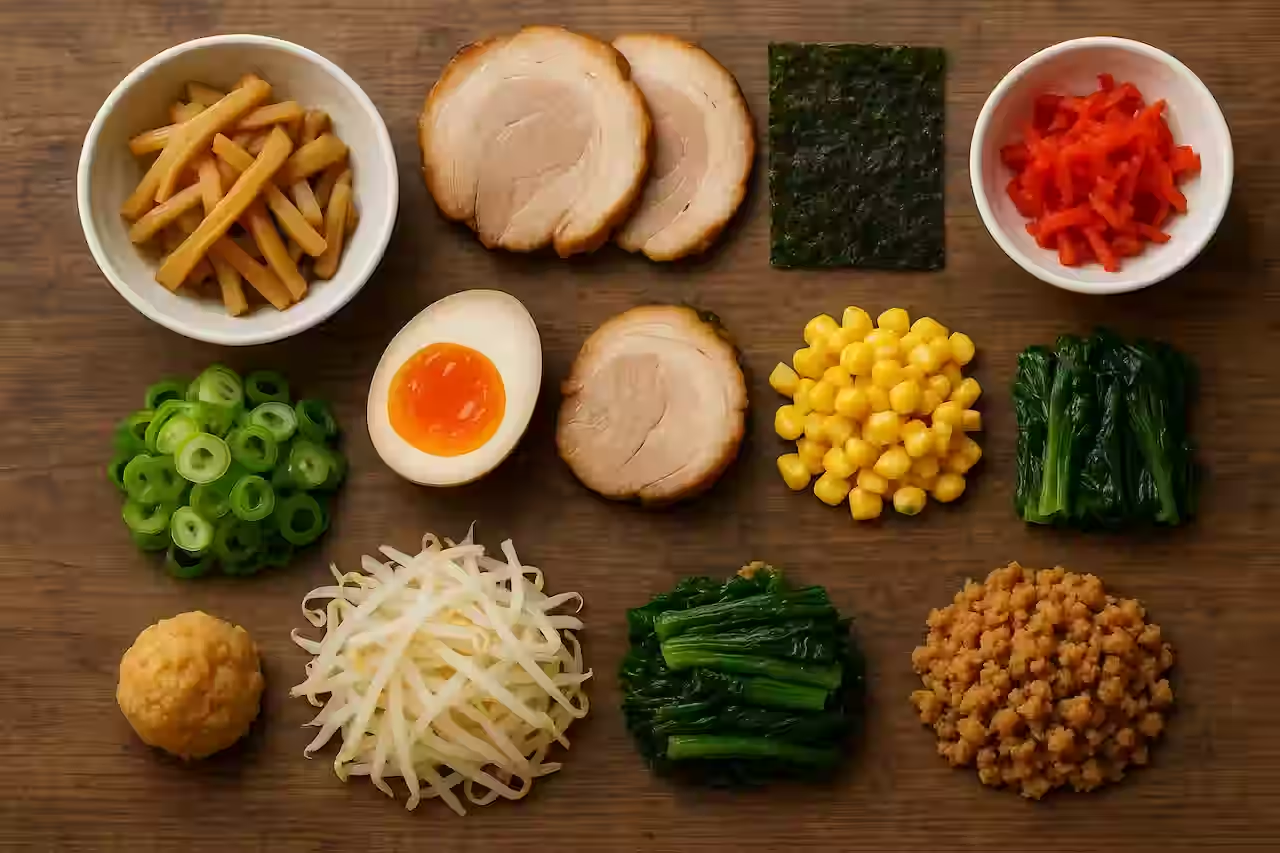
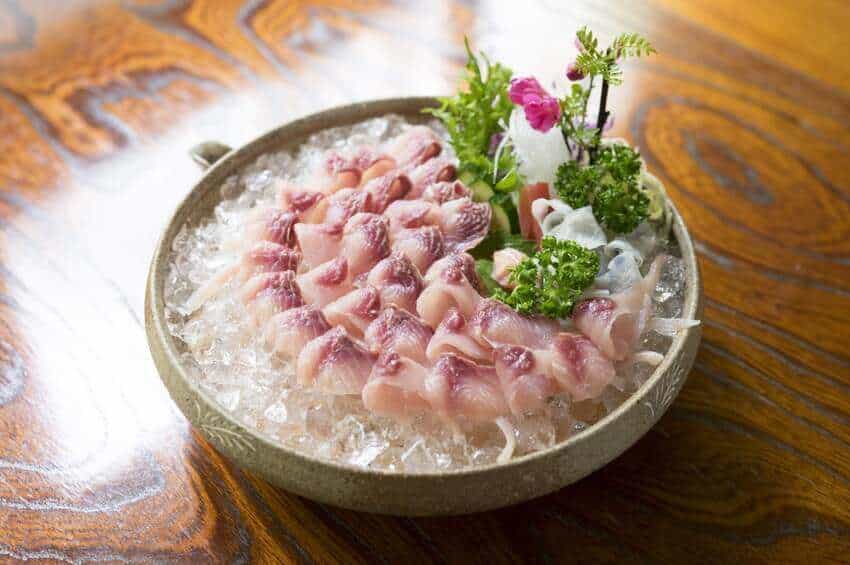
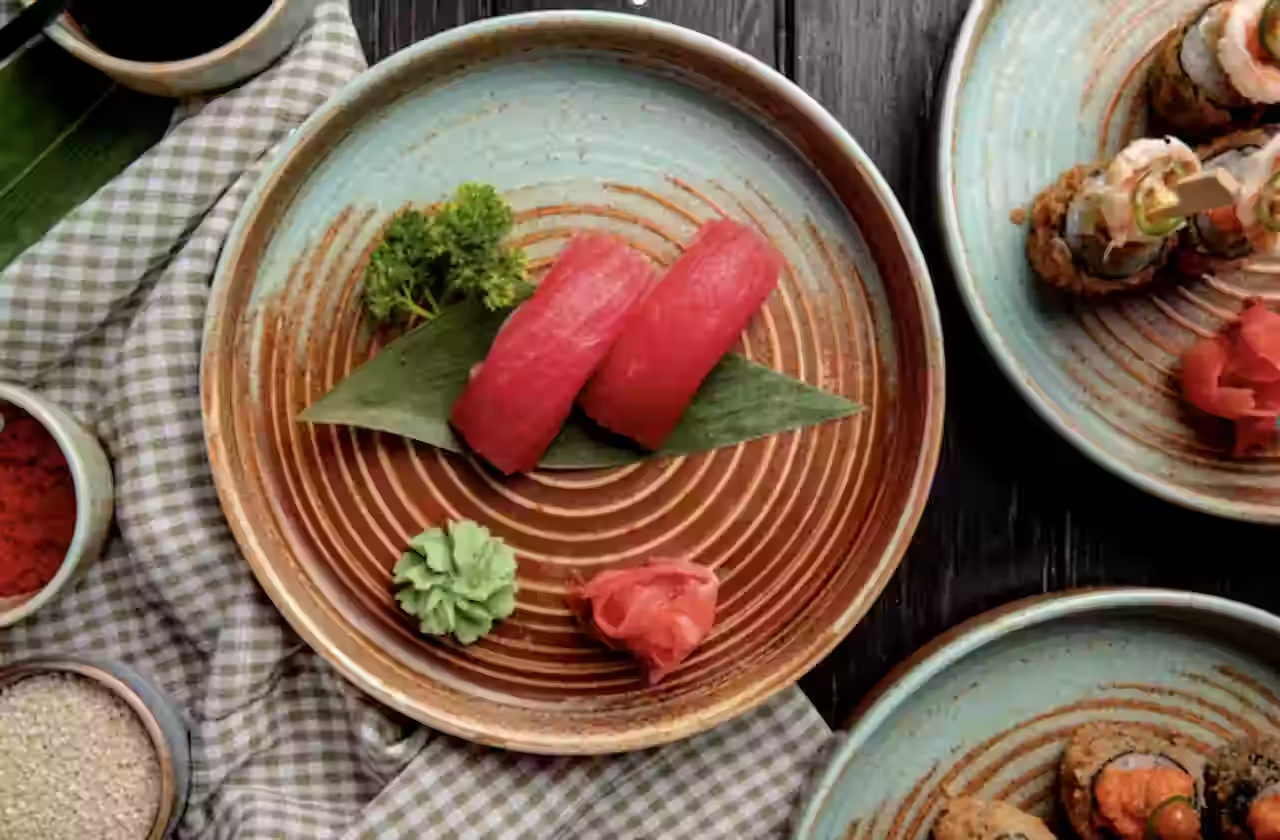
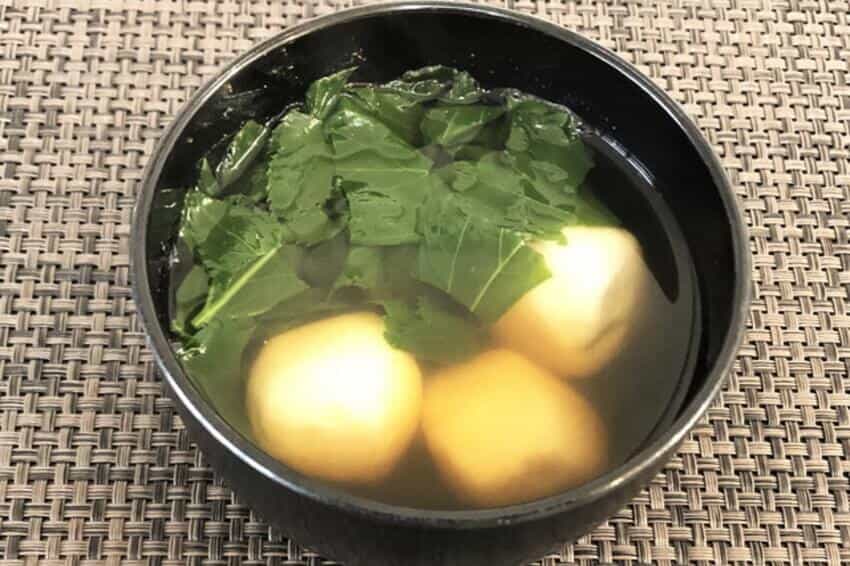
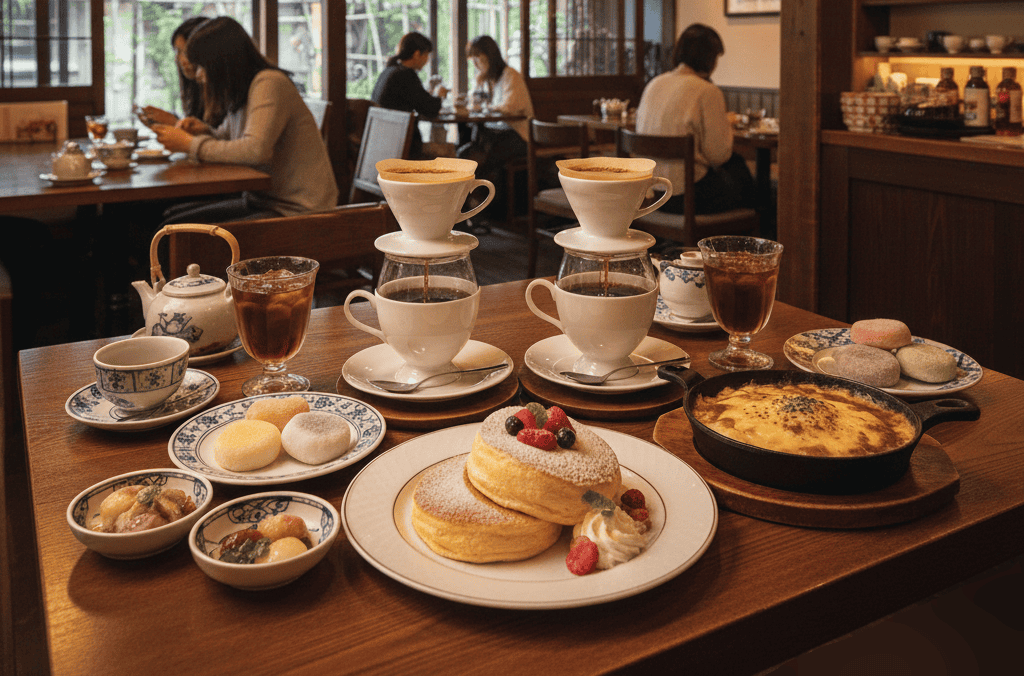

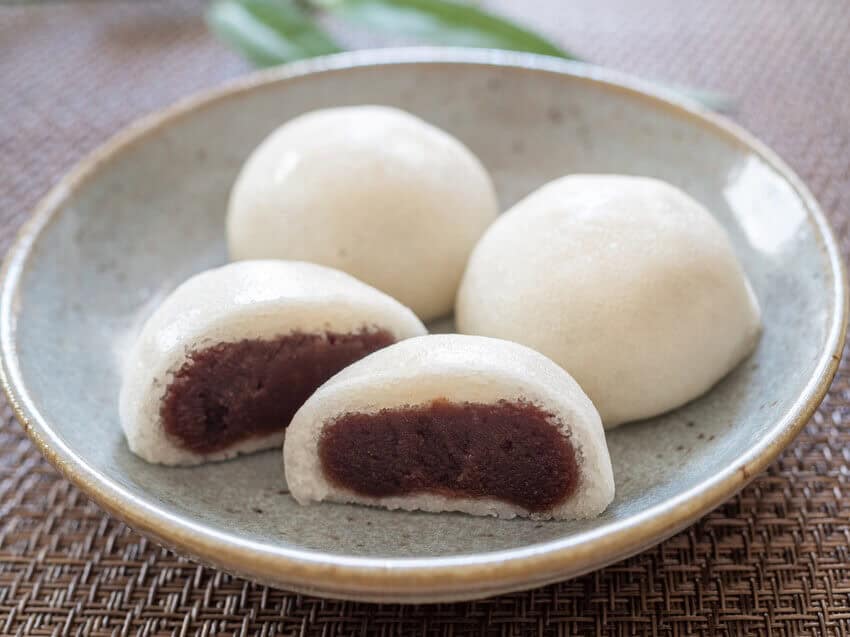
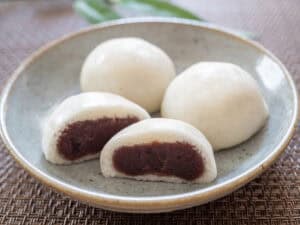
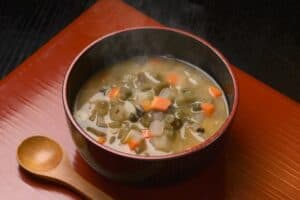

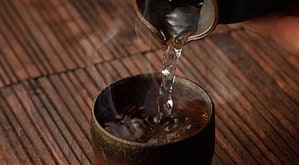
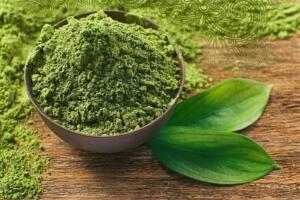
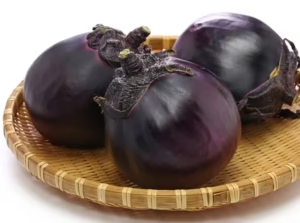


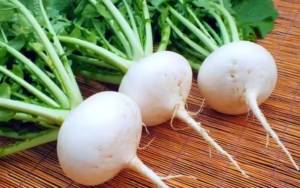
Comments